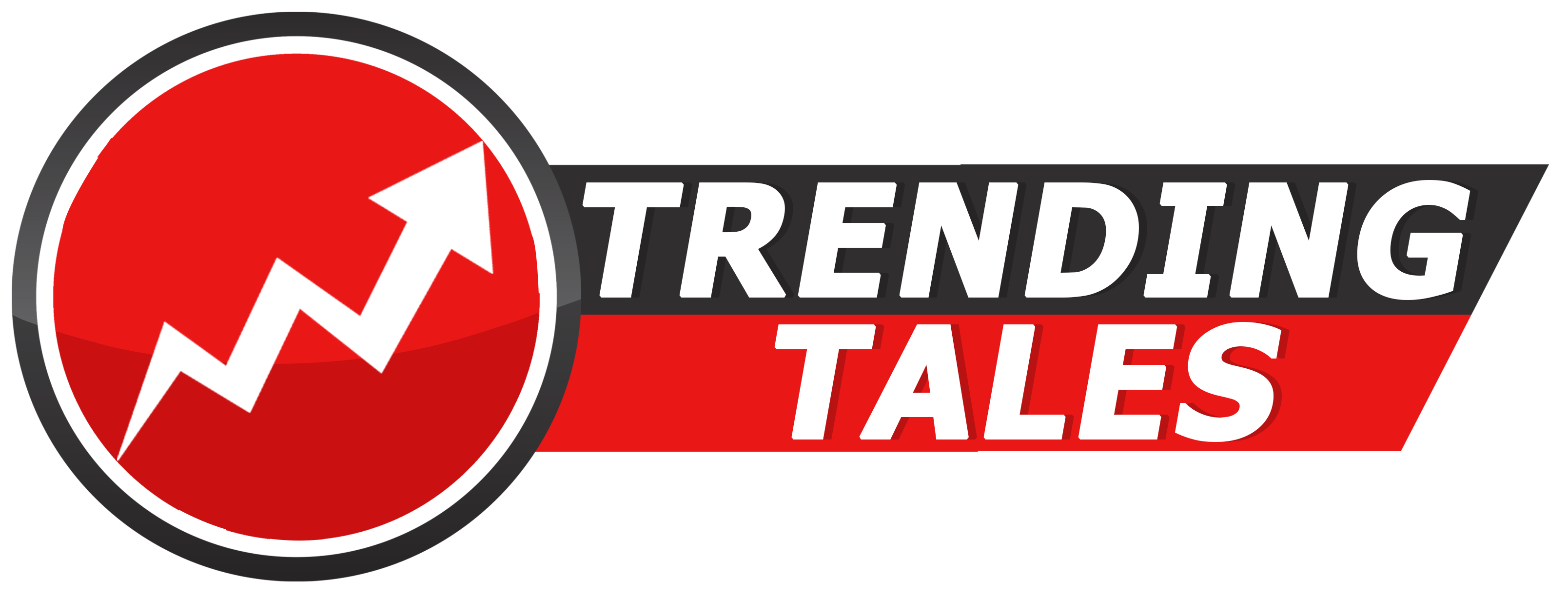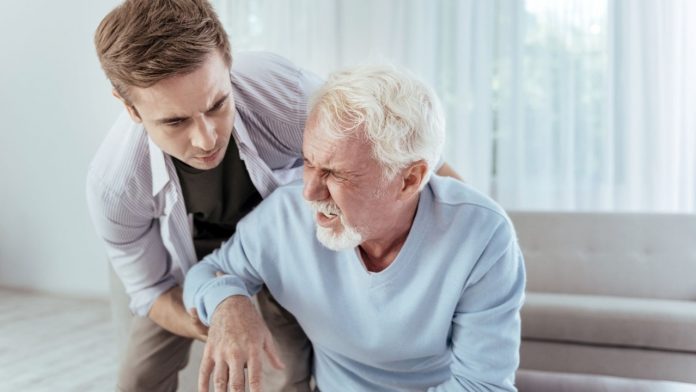A stroke is a medical emergency that necessitates quick medical attention to save a person’s life. The brain damage induced by a blood supply disruption can be reduced if action is taken quickly. To do so, one must be aware of the condition’s signs and symptoms. Although the symptoms are obvious, it can occasionally be confused with other illnesses, making it difficult to distinguish, especially among the younger age.
It may seem strange that someone so young might have a stroke, but statistics show that 15% of all stroke cases occur in those aged 18 to 55. Hailey Bieber, a model, was recently brought to the hospital with stroke-like symptoms. It turned out to be a minor clot in her brain, and she was back on her feet in a matter of hours. A circumstance like this might happen to anyone, thus one must be ready to deal with it.
What is a stroke?
A stroke occurs when the blood and oxygen supply to the brain’s tissues is cut off owing to blood vessel ruptures, haemorrhage, or clotting. The brain cells begin to die when they are deprived of oxygen. Ischemic and hemorrhagic strokes are the two most common forms of stroke. The most prevalent type is ischemic, which accounts for 87 percent of all cases.
It’s caused by blood clotting in the arteries or atherosclerosis-related artery constriction. Hemorrhagic stroke, on the other hand, occurs when a blood vessel in the brain leaks or ruptures. Blood leaking from the artery puts pressure on the skull and causes the brain to expand, causing cell damage. This type of stroke is less common than ischemic stroke and accounts for the remaining 13% of instances.
How to Recognize the Symptoms of a Stroke?
Identifying the signs and symptoms of a stroke can help you seek the medical treatment you need at the right moment to save a life. To recognise the signs of stroke, specialists advise people to remember the word B.E. F.A.S.T. Each letter in the phrase can assist in correctly identifying the indicators of a stroke.
B is for balance (Balancing issues or weak legs)
E- Eyes (Trouble seeing things clearly or trouble focusing)
F- Face (Drooping or face numbness)
A-Arms (Difficulty raising the arms or arm weakness)
S- Speak (Having difficulty in speaking)
T -Time (if you notice these symptoms then Call for emergency immediately)
Other symptoms of a stroke include:
• Confusion or difficulty comprehending others
• I’m suffering from a severe headache for no apparent reason.
• Dizziness
Who are the people who are more likely to have a stroke?
Although stroke is generally associated with older adults, the younger generation is equally at the risk of suffering from the condition. The risk is higher among those suffering from any chronic diseases like:
• high blood pressure
• high cholesterol
• Obesity
• heart disorders
• heart valve defects
• sickle cell disease
• diabetes
• blood clotting disorder
• patent foramen ovale (PFO)
• a history of stroke
Other factors that raise the risk of stroke, aside from underlying health issues, include:
• Inactivity on the physical level
• Excessive alcohol consumption
• Smoking
• A high-salt, high-fat diet is harmful to one’s health.
• Stroke history in the family


